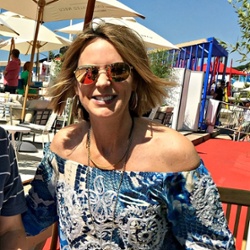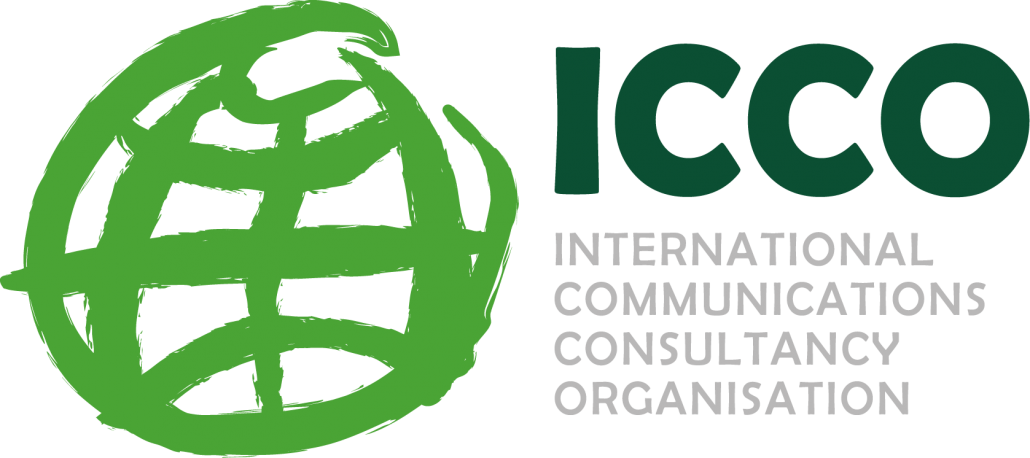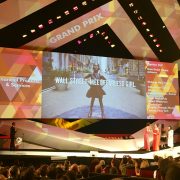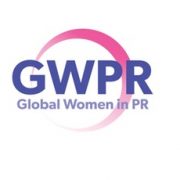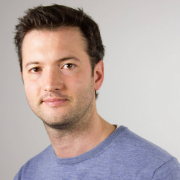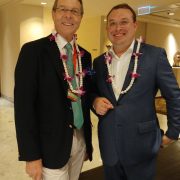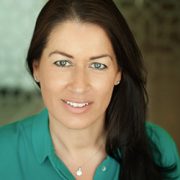I recently spoke with Angela Oakes and Susan Hardwick, co-founders of Global Women in PR (GWPR), a relatively new not-for-profit organization that creates a “forum for networking groups of senior PR women to meet and share contacts, experiences and ideas for their mutual benefit…and for debating and drawing attention to the major issues affecting women working in the global PR industry today.
Aaron Kwittken: You both have experience working with technology, sports, luxury brands, telecommunications, etc. How has your background led you to your roles today and inspired your work with GWPR?
Angela Oakes: I founded and ran a London-based PR agency, specializing in consumer PR. My workforce was predominantly young women and I saw first-hand the demands and struggles women in their mid-30s face in managing a PR career. In 2012, when Sue and I relaunched Women in PR (WPR) in the U.K., there was a strong appetite for a networking organization that could provide support and mentorship to women in the PR industry. I was at a point in my career where I wanted to give back and help other women succeed. For me, it was the natural progression to turn our successful model of WPR in the U.K. into a global organization. Three years later, we formed GWPR.
Susan Hardwick: I worked in-house for brands, owned my own business and served as a Board Director at a top PR company in the U.K. When I graduated from university in the late 1970s, I never thought the working world would be anything other than a level playing field. An inspirational chancellor once said that we should always find ways to make a difference. That was what pushed me to drive GWPR forward.
Being a part of WPR in the U.K. provided opportunities to discuss important issues and gather feedback from similarly-minded women. As President of WPR in the 1990s, I had insight into the difficulties women face in progressing their careers. When we revitalized WPR in 2012, women were still facing a number of challenges. We lived in a digital age, but there was a strong appetite for a face-to-face networking group. This led us to take the U.K. initiative onto the global stage. Our goal was to create a vehicle that could explore best practices and create a forum that encouraged change and greater balance.
Kwittken: There’s a growing need for flexible working arrangements. From an agency leadership perspective, what is the best way to approach this?
Hardwick: The culture of having a fixed workplace still exists, whereby there are a set of rules outlining how business should be conducted. Unfortunately, this practice can hold people back. When it comes to flexible working arrangements, both men and women need to embrace the idea of balance. We must come forward with examples of how other creative agencies within other industries are successfully embracing this change. The PR industry is slower in adopting these practices compared to others, but flexible working can lead to greater creativity. It can also add to the bottom line.
Oakes: Agencies must communicate with employees regarding why flexible working arrangements exist. Another approach is to show that creative, forward-thinking companies are implementing these practices and provide examples of how it can benefit the working environment.
Kwittken: What are the biggest challenges in creating more flexible working environments?
Hardwick: When we started working in PR, Twitter, Facebook and email didn’t exist. There was a more structured approach to communications and how activities were conducted. Our environments have changed and will continue to change. The digital age, along with social media, has turned our world into a 24/7 culture. As employers, we must address these shifts or we will risk losing talent. We need to identify how we can embrace the 24/7 society we live in by creating work streams that allow us to do so without burning people out in the process.
Kwittken: Oftentimes, more senior employees require flexibility due to family situations, caring for loved ones, etc. In turn, junior team members feel they are carrying extra weight. This isn’t always the case, but how do you address this with employees? What role does transparency play?
Hardwick: It has to be addressed from the start, especially as you employ new people. Agencies must be transparent in setting goals and defining how a business operates. As more companies embrace flexible work environments, the PR industry must as well. Millennials are more strident than other generations in coming forward and setting the standards for the types of work environments they want to operate in.
Kwittken: The gender pay gap and a lack of women in the boardroom are two major issues you often cite as affecting the industry worldwide. How do these gaps impact individuals working in the field, clients and the industry as a whole?
Oakes: People, regardless of their gender, should be paid the same for doing the same job. Equally important is the commercial imperative. One of the biggest challenges, particularly in the U.K., has been in trying to publicly reveal what the gender pay gaps are. Businesses should be required to publish their male and female employee salary figures.
Research has also shown that businesses with a balanced boardroom are more profitable. Additionally, when women and men work together, they bring different skills to the boardroom, which can benefit a business and its clients. Flexible work practices, job shares and remote working will help more women make it into the board room. We also need to empower women by offering training in leadership and commercial skills. We need to equip women with tools that enable them to feel more confident in their abilities. This can be achieved through mentorship. At GWPR, we encourage mentor women at mid-career level, allowing them to empower other women below them.
Kwittken: Since GWPR was founded in 2015, you have opened chapters in Europe, the Middle East and Canada, respectively. How do you select the geographic areas to target? How are the challenges women in the industry confront in those areas different, and/or similar?
Hardwick: In 2015 we launched chapters in Europe and Canada, and last year we launched in the Middle East. In the Middle East, the indigenous population is perceived to be less inclined for equal balance between men and women. However, there is a large expat community, particularly in Dubai, which has impacted local populations. These groups have slowly adopted the practices being brought to the region. Women across the Middle East are keen to embrace the opportunity to network. While there are restrictive practices, there is also a growing desire for women to succeed since women contribute to the economic growth of the region.
In Sweden, there are issues with encouraging more men to take on senior roles. Culturally, they have a more egalitarian society. Men and women have an equal amount of paid leave, following the birth of a child, and there is a much greater degree of flexibility in working hours, taking vacation and in creating environments that encourage everybody to work together. Canada is similar to the U.K. and the U.S.
Kwittken: From a workplace, gender and equality perspective, Sheryl Sandberg’s book, Lean In, has had a tremendous impact on workplace culture. She has spoken about how women who are strong leaders can be referred to as “bossy”. How important are words in the workplace?
Oakes: It’s interesting because there was a social media campaign to “ban bossy” as a result of Sheryl’s book. A strong woman is called bossy, yet a strong man isn’t. There are psychological, physiological and natural differences between men and women, ones we have to respect. Sheryl’s book was groundbreaking, and much of what she wrote remains true. It can be difficult for women to distance themselves from stereotypes. We need to be more aware of barriers to success to create change. Women also need to be more forthright in asking for what they need in order for changes to happen.
Kwittken: The name of your organization, Global Women in PR, begs the question about diversity. Can you talk about diversity in the workplace, aside from gender, and its role in your mission?
Hardwick: Diversity is about gender, background, sexual orientation and more. Clients expect you to sell their products and services to diverse communities, thus we need to create diverse workspaces that foster inspiration for the services we provide. Last year, the PRCA census reported that 91 percent of PR professionals were white males. It’s not only about creating more opportunities for women. We need more diverse environments. It is changing, but the change is slow. In the U.K. and U.S., employees are encouraging their companies to create more diverse workplaces. Ageism is also a problem.
Kwittken: Ageism is very interesting and not often talked about. Why do you think that is?
Oakes: For those over 50, unless you are self-employed, it’s very difficult to get a job. Interestingly, this age group has more disposable income than any other group. Therefore, as brands think creatively, the over 50 age group needs to be considered. Campaigns need to be directed toward wider audiences.
Kwittken: How does this idea of “unconscious bias” play a role in all of this?
Hardwick: It is definitely relevant. As women, we can be our own worst enemy. We can behave in ways that don’t drive us forward, but instead hold us back. That’s what makes it so challenging and fascinating because we are wired differently. It’s evolving, but certainly a challenge.
Original article: https://www.forbes.com/sites/aaronkwittken/2017/06/26/minding-the-gender-gap-in-pr-my-qa-with-global-women-in-prs-angela-oakes-and-susan-hardwick/#698253ecd1a8

